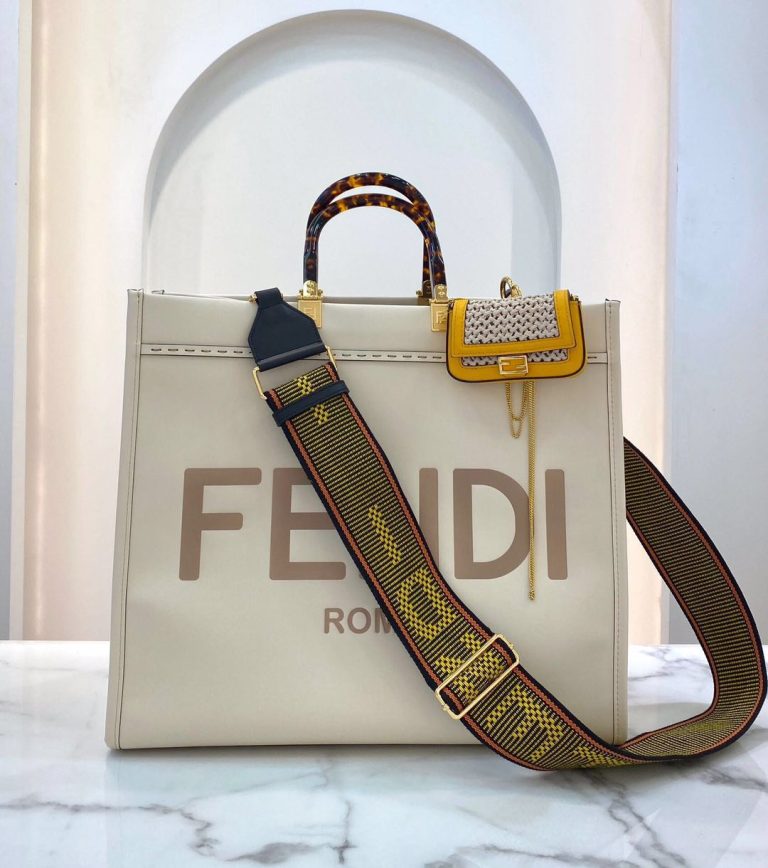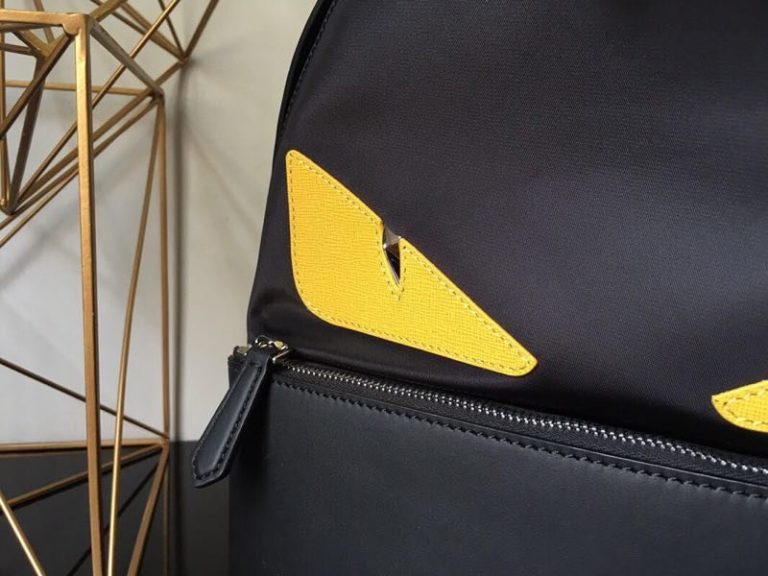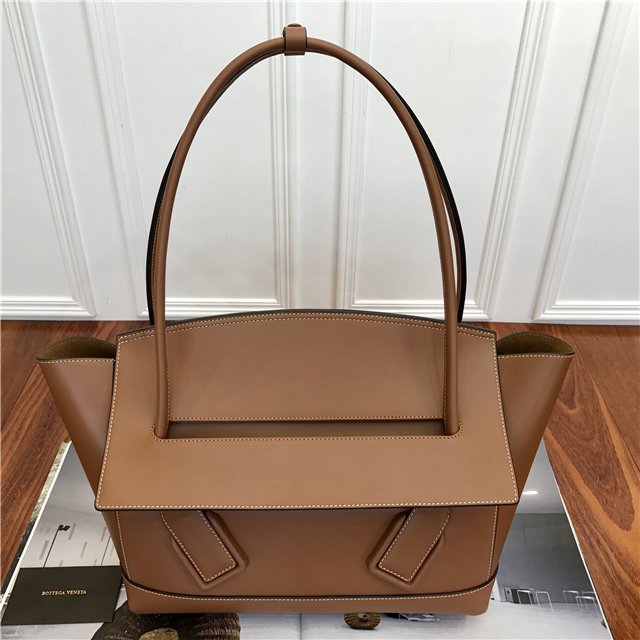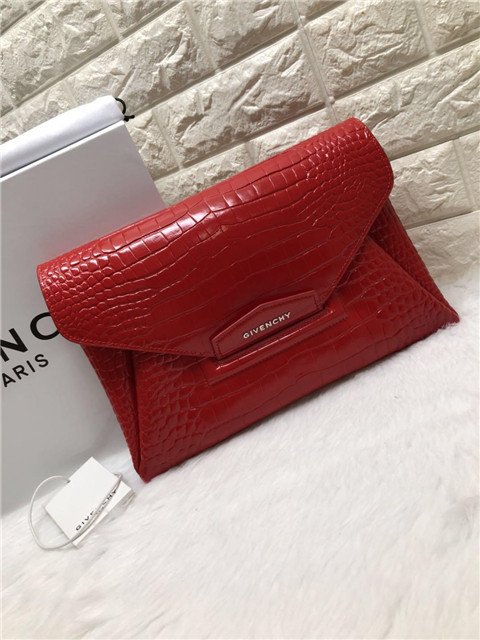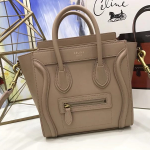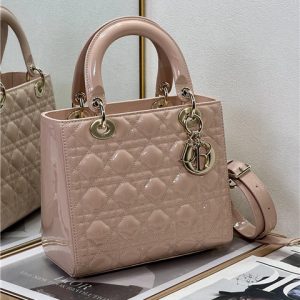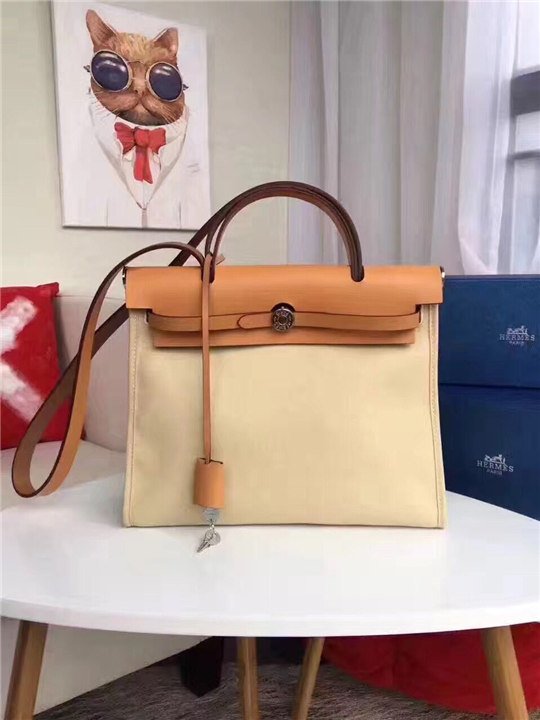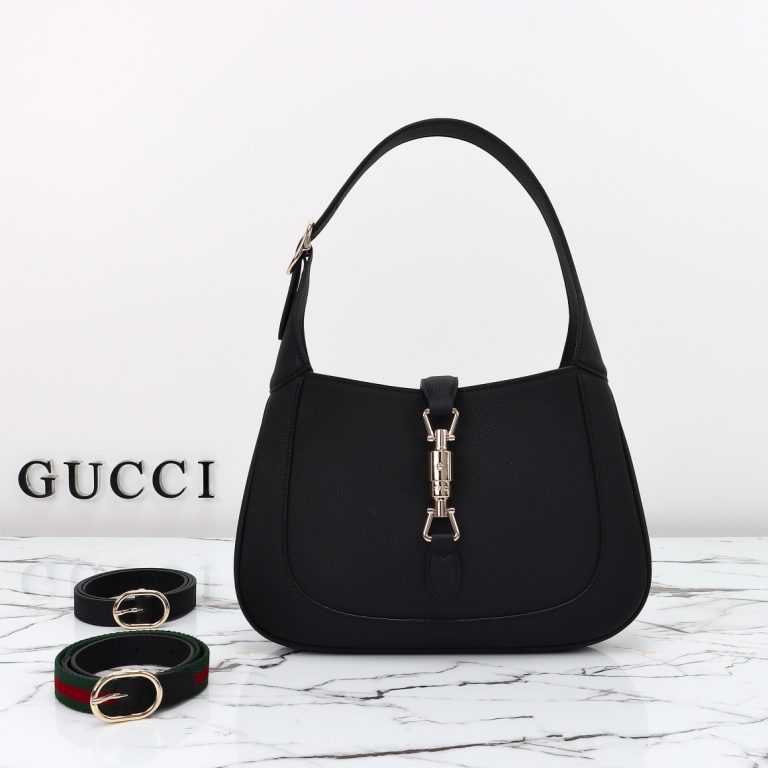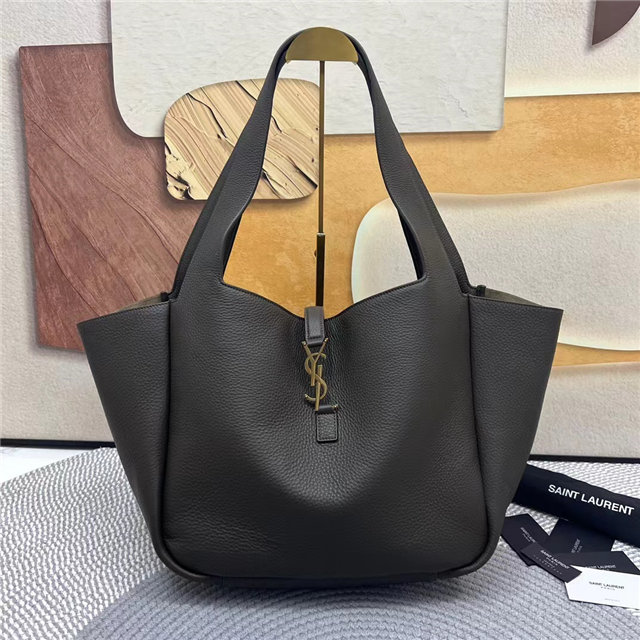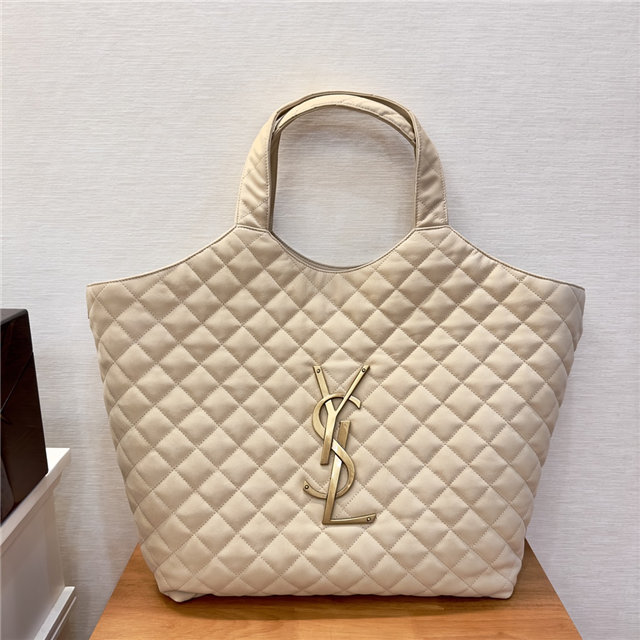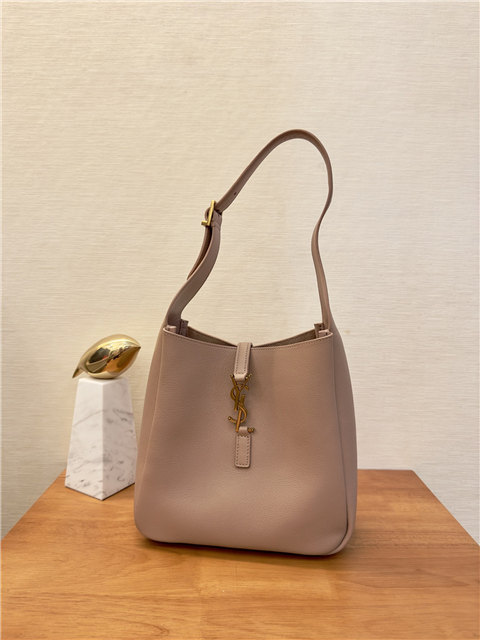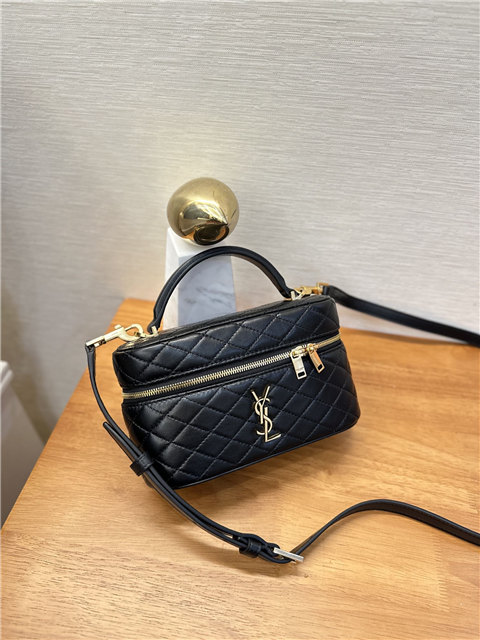Like, you see all this stuff – clothes, makeup, even freakin’ Nescafé machines somehow tangentially related (what *is* that connection, seriously??) – and it’s all branded with that iconic name. But does it *all* come straight from, like, some artisan’s workshop in Milan? I’m not so sure, y’know?
I saw something about Sardinia in one of the descriptions above. Sardinia’s gorgeous, no doubt. Makes you think of sun-drenched beaches and handcrafted pottery. But does that translate to *every single stitch* in a D&G dress? Maybe not.
And look, I love their stuff. The boldness, the excess, the… well, the sheer Italian-ness of it all. Those sneaker collections? Some are kinda wild, ngl. But it’s a *statement*, right? You’re not just wearing shoes, you’re wearing… attitude.
But back to “Made in Italy.” It’s a label that carries weight. It suggests quality, craftsmanship, tradition. It’s like saying, “Hey, this isn’t some mass-produced thing; this is *special*.” And, let’s be honest, that’s a big part of why people are willing to shell out the big bucks for it.
Thing is, the fashion world is complicated. Supply chains are a tangled mess. So, while the *design* might be pure Italian genius (or, y’know, maybe just really good marketing), the actual *making*? Who knows how many different countries are involved?
And it kinda makes you think, doesn’t it? Like, what are you *really* paying for? Is it the actual physical item, or is it the *idea* of Italy? The *dream* of Italian luxury?
Maybe it’s both. Maybe that’s okay. Maybe as long as the *feeling* is there, the “Made in Italy” label is doing its job.

